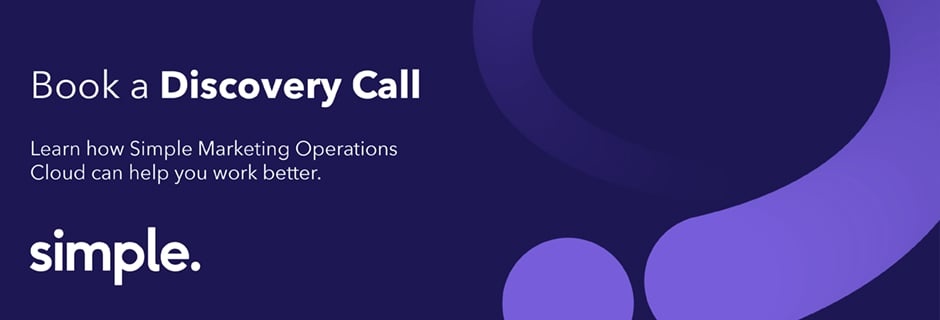
The Role of the Business Problem in the Marketing Brief
By Jodie Byass
The Role of the Business Problem in the Marketing Brief
“If you don’t know the question, the chance the answer’s going to be right is pretty slim.”
Too often, marketers brief a campaign in to their creative agency without describing the fundamental business problem the campaign needs to address.
Articulating the business problem should be one of the key elements of the brief that marketers write.
This should come well before consideration of the communications solution, according to Ogilvy Sydney head of strategy, Ryan O’Connell — who spends a lot of his time interpreting marketing briefs for agency creative teams.
But many clients are unable to properly identify or articulate the business problem, O’Connell says — or they confuse it with the business objective.
Why include the business problem?
“The key thing we’re looking for is the business problem,” O’Connell says. “But what we’re really looking for is why does that problem exist?
“For example, a client who wants to increase sales to a particular audience might say the business problem is that sales to that age group have been decreasing for years.
“But it’s not until you find out why that audience isn’t buying the product that you get to the actual cause of the business problem. That’s when you can start to address it.”
If the business problem hasn’t been articulated correctly, “you can end up wasting a lot of time,” O’Connell says.
“Unless you know what the problem is, you’re starting blind,” he adds. That results in wasted agency time and resources spent going down the wrong rabbit hole.

Get the solution you need
Time, as we know, is money. And as much as 30% of agency time is frittered away due to poor or misaligned communications from the client, according to this study, published in AdAge, and the high costs associated with bad briefing.
“More and more, agencies have to be equipped to solve business problems rather than just make ads,” O’Connell says.
“We try to spend a lot of time ascertaining what it is exactly that we’re trying to solve,” he says.
“Sometimes communications might not be the answer to that problem. Sometimes it’s product innovation. Sometimes it’s distribution. It might be something a little strange, but obvious, such as that you need to change your logo.
“If the answer doesn’t fall within the agency’s expertise, you need to be honest with the client,” O’Connell says. “Then they know you’re not just making ads because that’s how you make money.”
Keen to improve briefing at your organisation? Get the e-book: How to write the perfect brief
How can marketers identify the business problem?
So how can clients get closer to identifying that essential business problem?
“Most clients know what the business problem is, but they don’t know how to articulate it — it’s hiding behind the data they have,” O’Connell says. “You have to do your due diligence and look at what the category and competitors are doing. Explore the successes that competitors may have had. Often you can learn a lot from what someone else has done — whether right or wrong."
“Then do a deep dive into your target audience. What role can they play in solving that problem?”
Clarifying the business problem is not about process or filling out a form, O’Connell says. “It’s about thinking of, asking and answering the right question.”
From business problem to brand strategy
“A good client brief has a lot of interesting stuff in there that we try to get down to one thought or direction."
“The direction the strategist puts the creatives on should be validated in some way: whether you have the budget and time to do research or it’s simply via information you have on-hand, you should have done some work to make sure the direction you’re heading in is the ‘most right’ one."
“You’re after one insight, one strategy, perhaps one message, and then some other interesting things that can act as thought starters or stimulation."
“Your starting point should always be an undeniable brand or consumer truth."
"For example, the product truth might be the fact that the brand hasn’t changed its packaging substantially for 75 years. You can use that truth as the catalyst for something powerful. The insight attached to that truth might be that that packaging reminds people of their youth, and suddenly tapping into nostalgia becomes part of your strategy."
“But the strategy started with some type of undeniable truth, ensuring you have a foundation based on fact. The strategy can go in a number of different ways from there, but should always, always start with a truth.”
Simple’s Marketing Operations Cloud helps marketing teams gain insights so they can better plan, brief, review and optimise marketing activity to create exceptional customer experiences across all channels. Book a Demo to see how it works.
